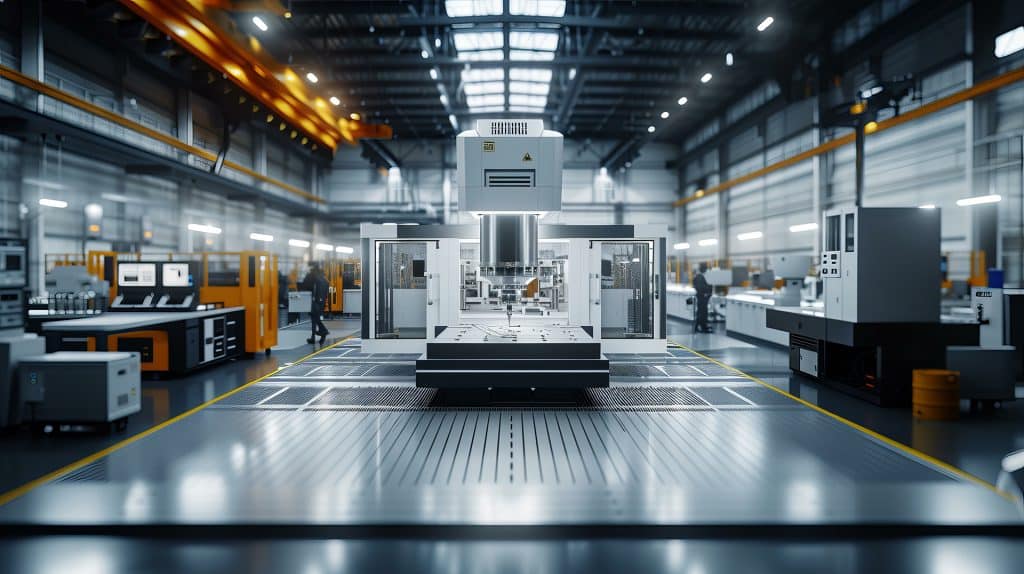Start here - Speak to an engineer
Machine Tool Design
Machine tools are an invaluable part of industrial manufacturing. These machines impart shape onto a component material by removing material in the form of chips with the desired level of accuracy.
The performance of a machine tool is measured in terms of accuracy and productivity. Precision and efficiency depend on static rigidity and dynamics of the machine tool. Optimisation of machine tools is a significant part of operating and maintaining machine tools.
There are various classifications of machine tools.
- Classification by degree of automation: These are machine tools with manual, semi-automatic, and automatic controls.
- Classification by weight: In this category machines weighing one ton are light-duty. Machines weighing ten tons are medium duty, while those weighing above 10 tons are classified as heavy-duty.
- Classification by degree of specialisation: General purpose machines perform multiple operations on components of different shapes and sizes. Single purpose machines perform a single operation on components of particular shape but with different sizes. Special machine tools can only perform a single operation on components of a specific shape and size.

Machine Tool Design Optimisation
The optimisation of machine tools continues to be studied intensively by engineers all over the world. High machine accuracy requires small vibrational, static displacements. Machines that produce even smaller components operate on far smaller displacements that are undetectable when the machine breaks down.
These displacements must be inculcated in the evaluation of the machine’s performance. The dynamic features and static rigidity are also dependent on machine structure design composed of machine elements, structural members, and joints connecting the two components.
A popular trend in machine tool design is aiming for higher productivity, higher accuracy, shorter lead times, reduced costs, and eco-friendly operations. Manufacturing shops lean towards the production of small to medium pieces by employing multi-axis machine tools.
MTT’s engineers can help you determine which machine tools best suits your production needs. Our engineers will talk through the benefits of different machines. While a specialised single purpose option may be cheaper to maintain, your manufacturing needs may require a general-purpose machine in order to complete various machining processes.
Multitasking capabilities in machine tools save you significant time frames in handling, scheduling, and setting materials. This also means they are more vulnerable to breakdowns but with the right preventative maintenance techniques, MTT can help you increase uptime significantly.
Machine Tool Designs and Working Motions
In order to obtain the right shape, the cutting edge on your machine tool must move in a particular sequence. This can also be achieved by a combination of movements between the workpiece, cutting tool. These motions are essential in order to embed the required shape into the workpiece.
Working motions are classified into two:
- Drive motion/ Primary cutting motion
- Feed motion
These motions in machine tools are called rotary and translator. Some machines that use these motions include:
- Lathe and boring machines
- Drilling machines
- Milling machines
- Shaping, slotting and planing machines
- Grinding machines
If you would like to optimise your machines tool design, get in touch with any of our knowledgeable engineers at Machine Tool Technologies. To speak to a member of our team simply fill in our contact form or email info@mtt.uk.comand we will be in touch.
“MTT Successfully repaired several spindles within a short period time ensuring our
machines were back to full productivity in no time.”




